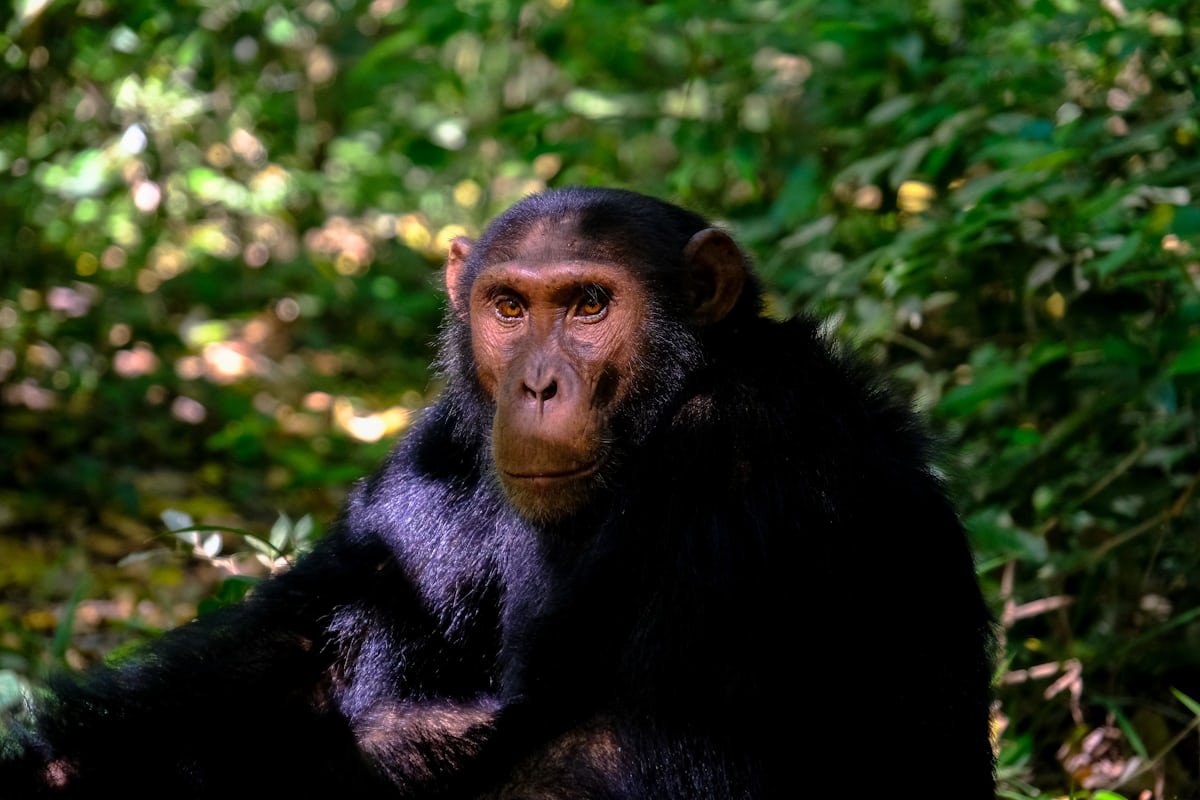Dreaming About Anima: Exploring the Depths of the Psyche
Understanding Anima Dreams in Jungian Psychology
Encounters centered around anima, a term coined by Jung, are one of the deepest dictations of the unconscious in regards to dreams. Anima is the woman side in a man’s soul, linking the conscious self (ego) to the unconscious (the shadow). The dreams which incorporate this archetype usually tell a story related to formative changes, milestones, or restructuring and carry important indicators for development and self-realization.
What Does It Mean to Dream About Your Anima?
1. Encountering the Feminine Within
For example, a man is captivated by a woman he has never seen before. In most cases, this is a representation of his anima. Some dreams may include:
A seductive or romantic character
An inspiring muse or creative figure
A secretive guide or instructor
2. Four Developmental Stages of the Anima
There are four stages in which Jung suggests an anima experiences growth, and they can all appear in dreams:
- Eve (Biological) – represents instinct and physical attraction
- Helen (Romantic) – symbolizes attraction, idolized cherubic beauty and romance
- Mary (Spiritual) – embodies virtue, sacred love and devotion
- Sophia (Wisdom) – transcendental wisdom made manifest in the form of wholeness
3. Common Anima Dream Scenarios
- Falling in Love in a Dream: This can represent disintegrated parts of the self coming together.
- Meeting a Soulful Stranger: Suggests new emerging self-perceptions.
- Being Chased by a Feminine Figure: Suggests some form of resistance towards progress, emotional growth in this case.
- Creative Collaboration: Can indicate the onset of new work ideas or projects.

The Anima’s Role in Psychological Development
Most commonly, dreams that include an anima appear during:
Periodical life changes, like in midlife.
During bouts of creativity paralysis.
Troubled relations.
When on a spiritual quest.
These dreams often serve to:
- Restore balance to excessive rational thinking by incorporating intuition
- Aid in healing repressed emotions
- Provide motivation for artistic endeavors
- Direct an individual’s attention towards heightened self-discovery
How To Interpret An Anima Dream
To interpret an anima dream, focus on the following considerations:
- The Setting: Where was the encounter? (Nature typically symbolizes the unconscious)
- Her Appearance: How did she appear? (This indicates the state of your animus)
- Your Interaction: How did you perceive it? Friendly? Tense? Romantic? (Describes your relationship with that facet of yourself)
- Emotional Tone: Did you feel dread, infatuation, or admiration? (Indicates the prevailing attitude towards the embodiment)
Polishing Anima Dreams
Anima dreams can be approached practically by:
- Keeping track of recurring dreams in a dream journal.
- Engaging in artistic practices influenced by the dreams.
- Analyzing current relationships for possible anima projections.
- Using guided imagery to further advance the conversation.
Final Thoughts: The Life-Changing Potential of Anima Dreams
The spirit of dreams represents one of the most precious gifts of the psyche – the chance to meet and accept fully ourselves. Through active participation in these dreams, their messages reveal instruments toward:
- Self-knowledge
- Authentic connections
- Full creative expression
- Psychological health
What impact do powerful anima dreams have on one’s life? Tell us about your encounter in the comments below. 🌙✨










